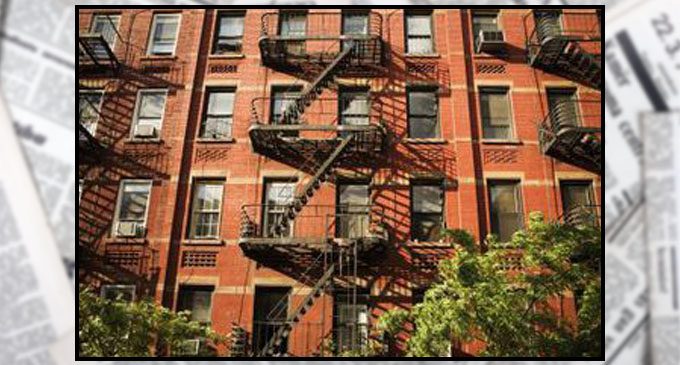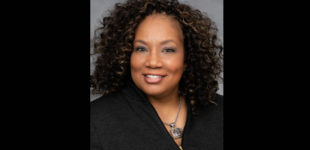Low- and moderate-income communities can use Community Development Block Grant funds

Chris Cox
Guest Columnist
Every year hundreds of states, cities and localities compete for billions of dollars in Community Block Grant Development (CDBG) funds available from the Housing and Urban Development (HUD) Department. Since 1974, more than $144 billion in CDBG funds have been distributed to address a wide range of community needs in virtually every state in the nation.
There are currently well over a thousand grantees throughout the country with funding dispersed to more than 7,000 local governments for any of 28 eligible activities, including economic development projects, installation of public facilities, community centers, housing rehabilitation, code enforcement and much more.
Making certain that Winston-Salem and participating area communities get access to their fair share of these funds is one of the responsibilities of the city’s Community Development Department, headed by Director D. Ritchie Brooks.
The CDBG program is designed to ensure that communities offer decent affordable housing, as well as to create and retain jobs by supporting local businesses.
Funds provided by the CDBG Program are divided between “entitlement” and “non-entitlement” communities. Entitlement communities are those in central cities of metropolitan statistical areas (MSAs) of at least 50,000 and qualified urban counties of 200,000 or more. Individual states, including North Carolina, distribute CDBG funds to non-entitlement localities that do not qualify as entitlement communities.
As an entitlement community, Winston-Salem receives an annual CDBG grant of nearly $2 million. The most recent grant was $1,996,684, a 1.3 percent increase over the previous year’s grant. Brooks notes that although he is grateful for funding the city receives, these appropriations fall far short of the worthwhile projects that could be funded if additional resources were available.
Mellin L. Parker, planning senior project supervisor, points out that one of the many successes of the program is the Enterprise Center, developed by the Simon Green Atkins Community Development Corporation. By using available CDBG and other funds, the building on Martin Luther King Drive that housed the former Salvation Army Boys and Girls Club was transformed. It now serves as a focal point of community interaction and business development in the southeast community that borders Winston-Salem State University. The project also preserved a building and a site that are important to the city’s African-American community.
The amount of each CDBG allocation is determined by HUD using a formula that evaluates several measures, including the extent of poverty, population level, the extent of housing overcrowding, age of housing and population growth in relation to other metropolitan areas.
Citizen participation is an important component of every CDBG grant. Each plan to use CDBG funds must include participation by residents of low- and moderate-income neighborhoods, slums or blighted areas, as well as by residents who live within the areas where the funds will be used. In addition, the plan must provide reasonable and timely access to local meetings; review of proposed activities and program performance; timely written answers to complaints and grievances; and accommodation for non-English speaking residents who want to participate.
Brooks points out that his department regularly reaches out to the community by holding public meetings to explain the application process. “In addition, Parker added, “we offer an afternoon of addition-al technical assistance [TA] to go through the process in more details with those who may need or want it.”
Not less than 70 percent of CDBG funds must be used for activities that benefit low- and moderate-income residents over the one-, two- or three-year period of the grant as determined by the grantee. In addition to benefiting low- and moderate-income individuals and preventing or eliminating slums and blight, activities must address otherwise unfunded solutions to conditions that pose a serious and immediate threat to the health and welfare of a community.
Brooks notes that he and his staff would like to receive more feedback from citizens who have benefitted from rehabilitation and renovation projects funded by CDBG and other funds. “Positive feedback is always good,” he said, “because it lets members of the City Council and other decision makers know that funds are being well spent.”
Additional information about how the cities of Winston-Salem and Greensboro use CDBG and other funds can be found on the cities’ websites at www.cityofws.org and www.greensboro-nc.gov.
Christopher G. Cox is the Publisher/Managing Editor of RealESavvy magazine. His monthly column focuses on community and economic development.











